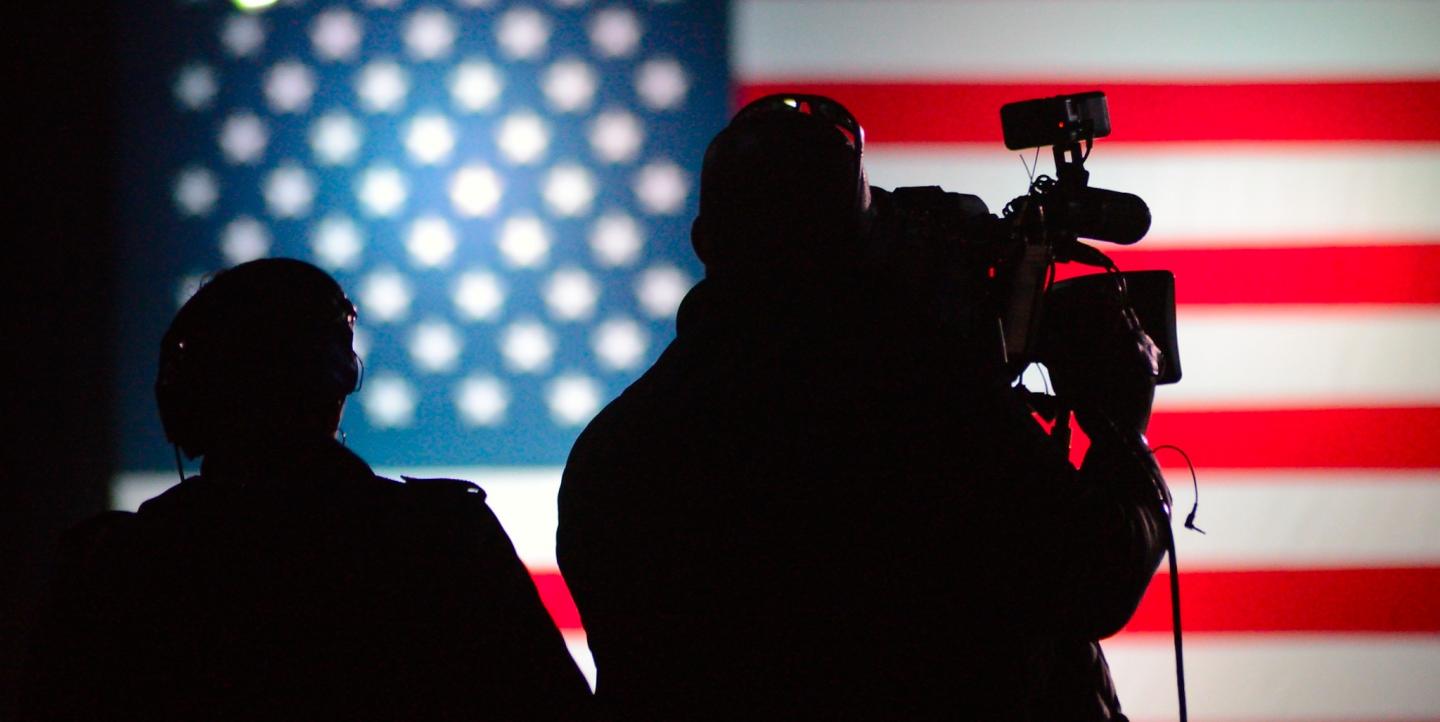Donald Trump’s victory in the 2016 U.S. presidential elections shocked observers across the globe. As many media outlets have reported, it was a hard-fought, bitter campaign, and the results were perhaps made more surprising due to how few pollsters predicted it.
Journalists covering U.S. politics now face the task of explaining what’s been described as the biggest political upset in modern U.S. history. In order to do so, the media may have to do some soul-searching themselves.
Here are four takeaways that journalists would do well to learn from covering Trump’s astonishing rise.
In today’s segregated media landscape, fact-checking may no longer be the most effective way of holding public officials accountable.
Multiple U.S. media outlets — as well as non-partisan organizations such as FactCheck.org and Politifact — did their due diligence when it came to fact-checking assertions by major political players in the elections. In one example, Politifact categorized 70 percent of President-elect Trump’s statements as either mostly or entirely false, compared to his opponent Hillary Clinton’s statements, 26 percent of which were categorized as such.
However, Trump’s popularity had little to do with sticking to the facts, which is how the media traditionally assesses a candidate’s aptitude for public office. As political reporter Salena Zito wrote in September for The Atlantic, the media tended to take Trump’s comments literally, but not seriously, while his followers took him seriously, but not literally.
Journalists have a responsibility to hold public officials accountable, which is why the rise of global fact-checking organizations that cover Africa, Latin America and Europe is a welcome development. Nevertheless, Trump’s win may be one indication that fact-checking public statements may not be the most powerful or effective way of practicing accountability journalism.
Given how fractured the media landscape is becoming in many countries, audiences can selectively choose what set of “facts” they want to be exposed to or not. Figuring out how to best overcome this segregation of reality is a huge challenge that's unlikely to be resolved anytime soon (although the director of Harvard University’s Nieman Journalism Lab has one suggestion: pressure Facebook to stop disseminating false stories).
Serious political journalism should go beyond reporting on provocative statements.
As observed by outlets like Vox, Quartz, The Washington Post and others, Trump’s background as a reality television star gave him an innate understanding of what makes for dramatic, “must-see” TV. This propensity for saying shocking things earned him billions of dollars in free media coverage, thanks to websites eager for clicks and cable networks hungry for viewers.
While this abundance of TV coverage helped Trump win the Republican primaries in early 2016, little of the television reporting went beyond live, uninterrupted cutaways to Trump rallies. As former broadcast journalist Campbell Brown argued in Politico Magazine, TV executives should be embarrassed about how they prioritized ratings over substance during the political campaign.
Going forward, if journalists “don’t cover Trump less, they can at least cover him better,” she wrote. “Use your knowledge and experience to give context; call a misrepresentation just that; and embrace the difference between objective truth and relative truth.”
The dearth of local community journalism played a key role in why media outlets, political pollsters and other analysts were caught off-guard on Election Day.
This isn’t as simple as criticizing coastal journalists for failing to leave to their “bubble” and talking to more voters in hard-hit communities. Local news outlets — which are often where the larger ones pick up their news stories — have had a hard time sustaining themselves and may have missed the story as well.
For all the criticism media outlets earned, many publications produced strong works of watchdog journalism which serve as an example of how political campaigns should be covered.
David Fahrenthold’s sustained reporting for The Washington Post on Trump’s alleged charity donations eventually led a source to leak him a copy of the lewd video that became a major story in October. The Post also reported on possible ethics challenges that a global consulting firm linked to the Clintons could present for a Hillary Clinton presidency. In other articles, both The Post and The New York Times demonstrated how feature stories can sometimes be as revealing as investigative scoops.
Ultimately, multiple polls' inability to predict Trump’s victory suggests that political journalists would do well to shift away from stories focused on poll numbers and instead re-focus on watchdog reporting and shoe-leather journalism that can better serve the public interest. Journalists will also need to realize that it’s not just about producing certain types of stories: they still face the challenge of getting a wider range of people to read their work, especially as readers are increasingly consuming media content that reflects their political beliefs.
As President-elect Trump assembles his Cabinet and prepares for his inauguration on January 20, it’s safe to say that political journalists have plenty of work to do in the days ahead.
Main image CC-licensed by Flickr via Darron Birgenheier.

